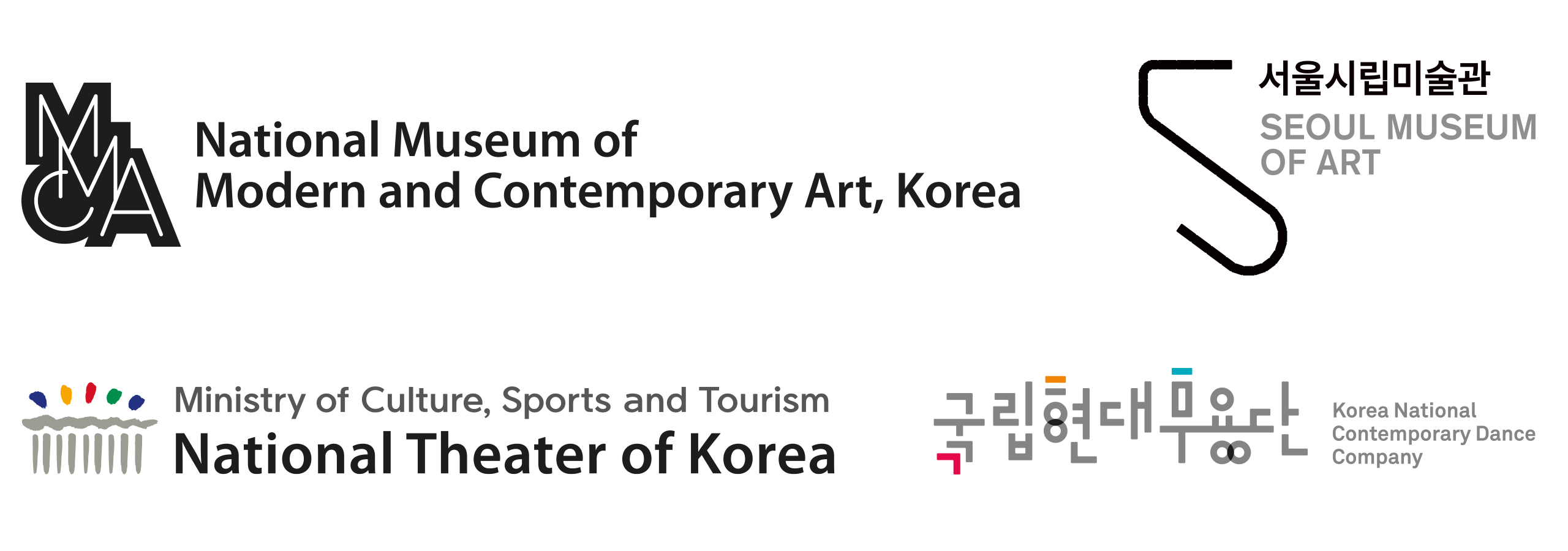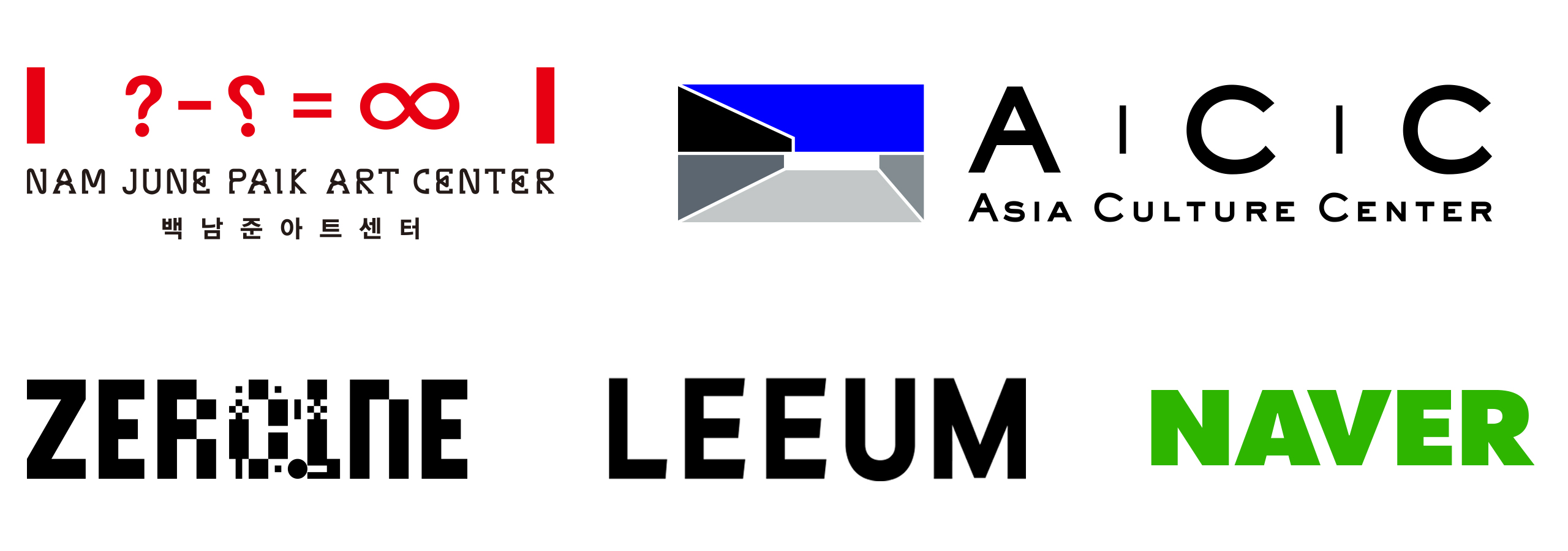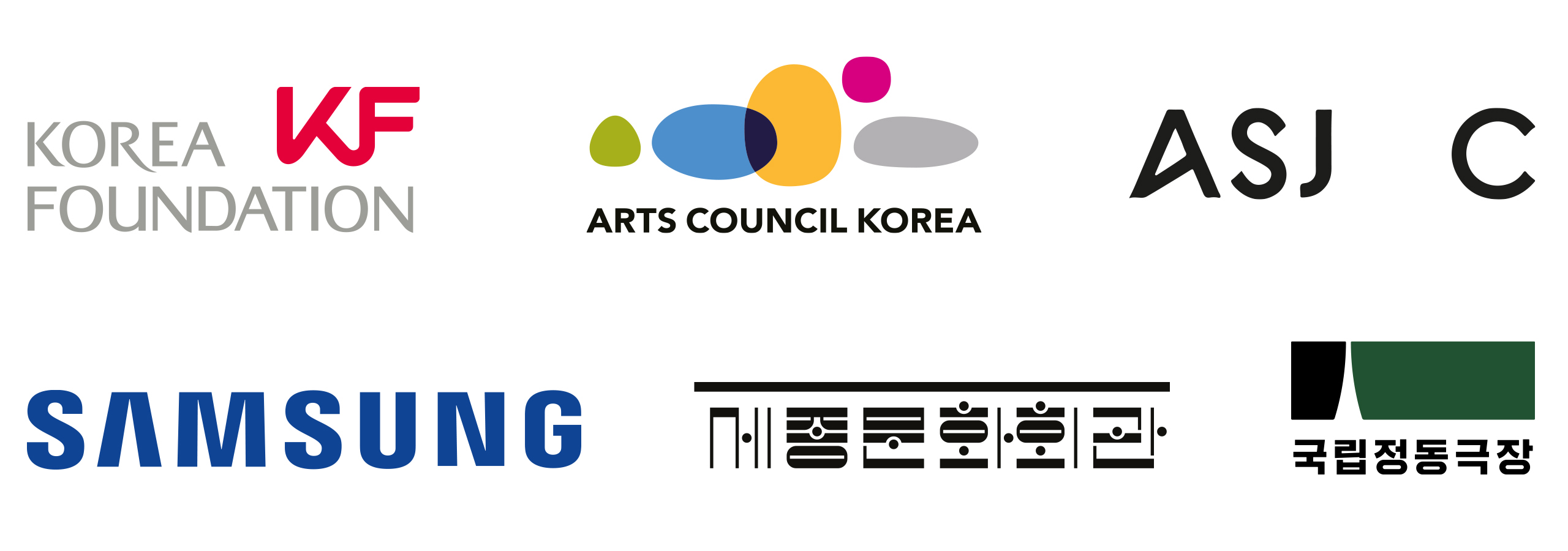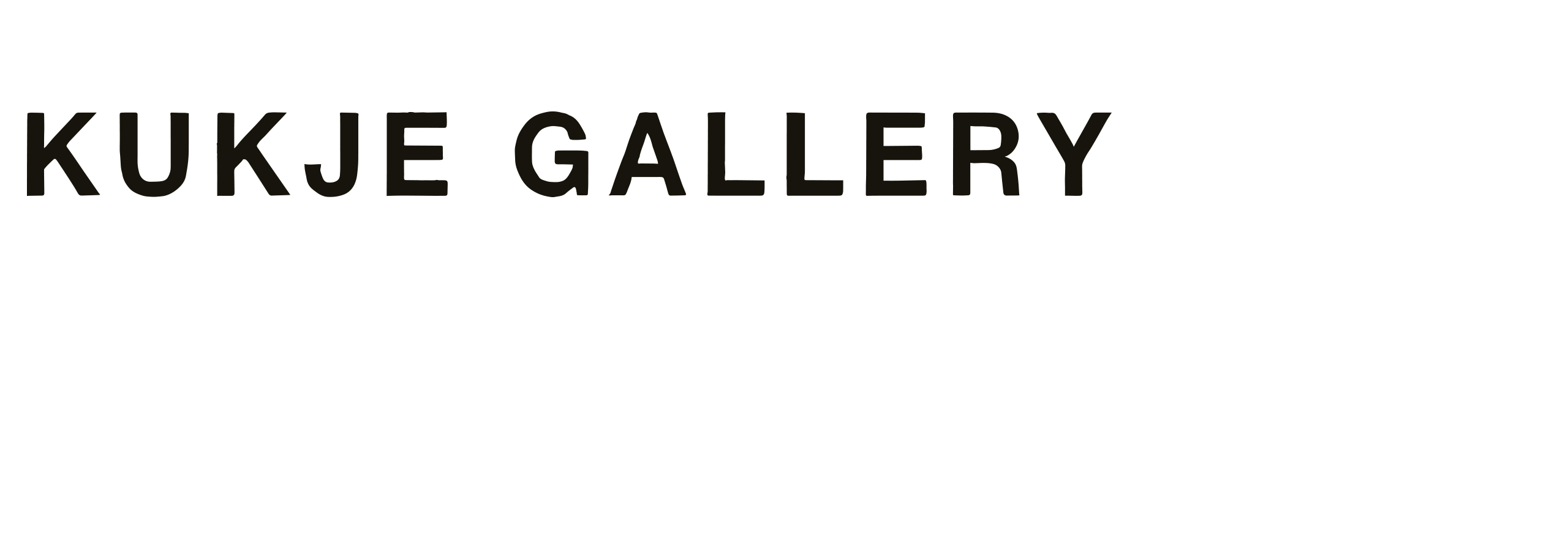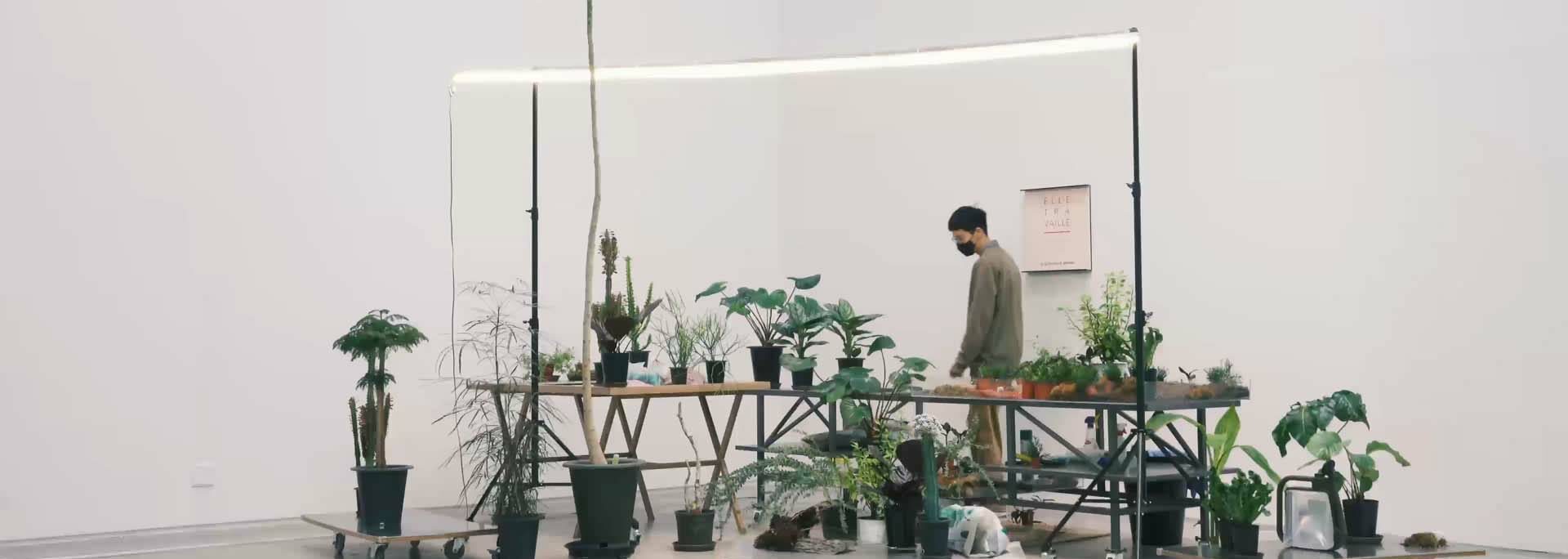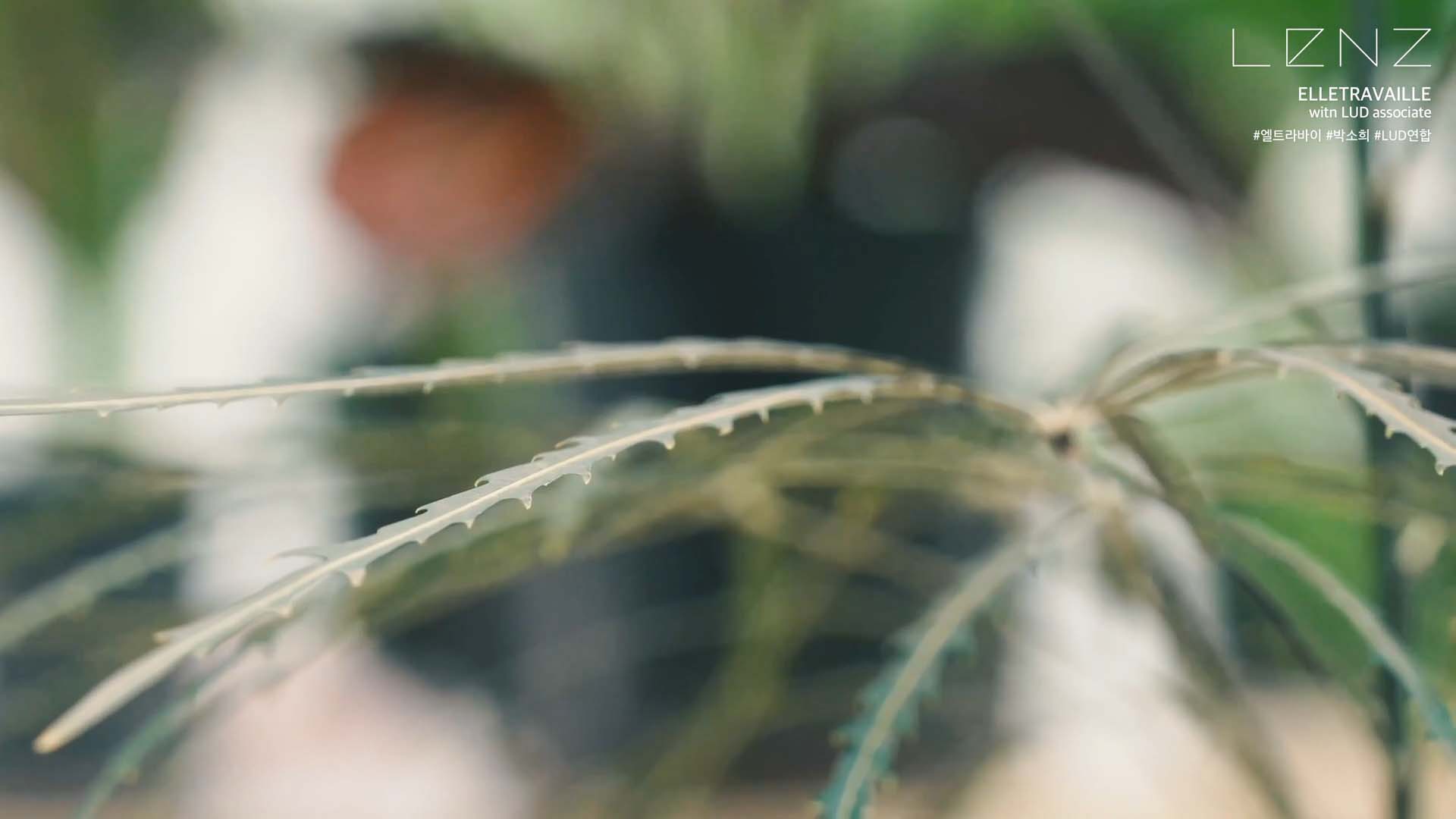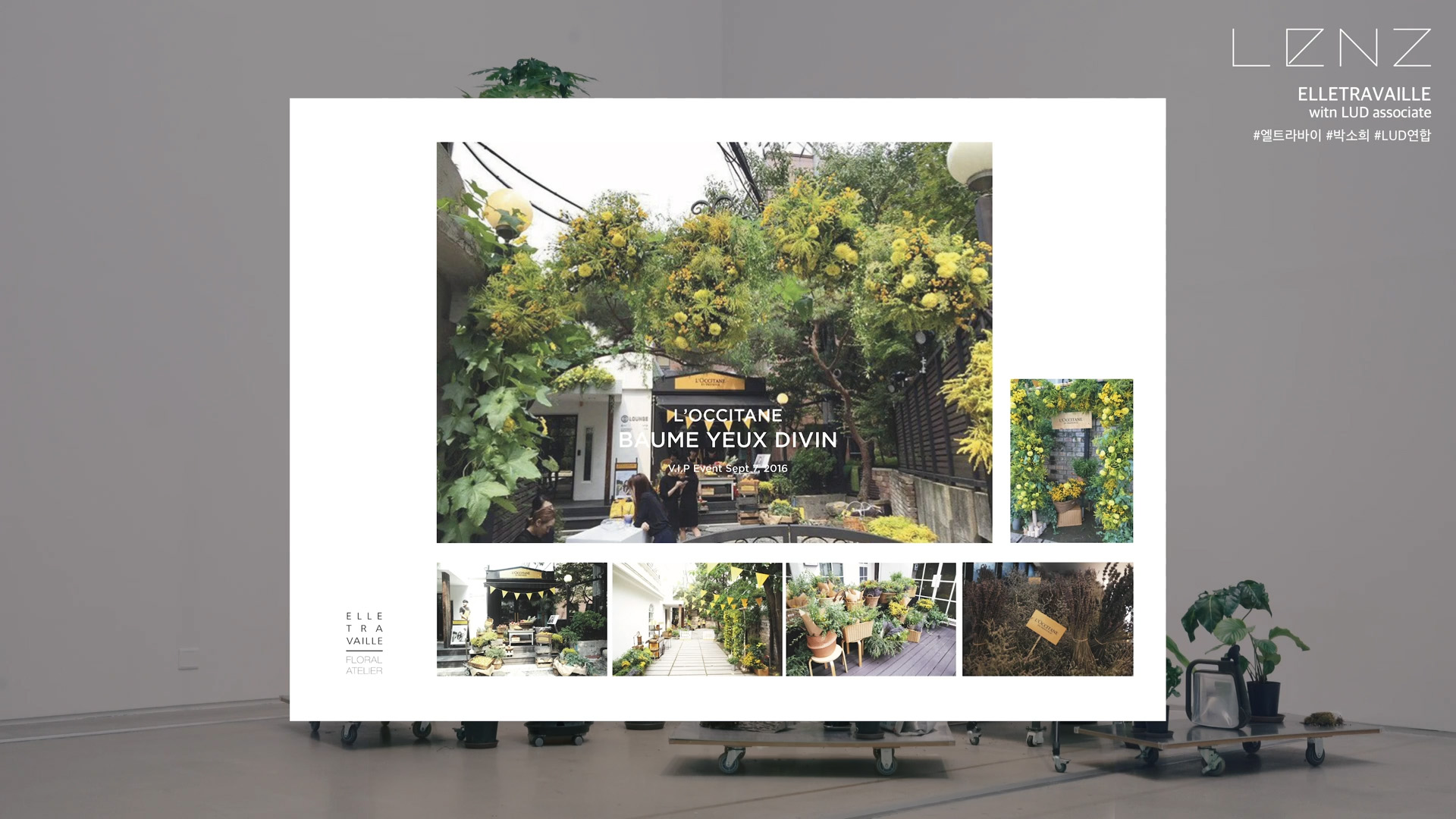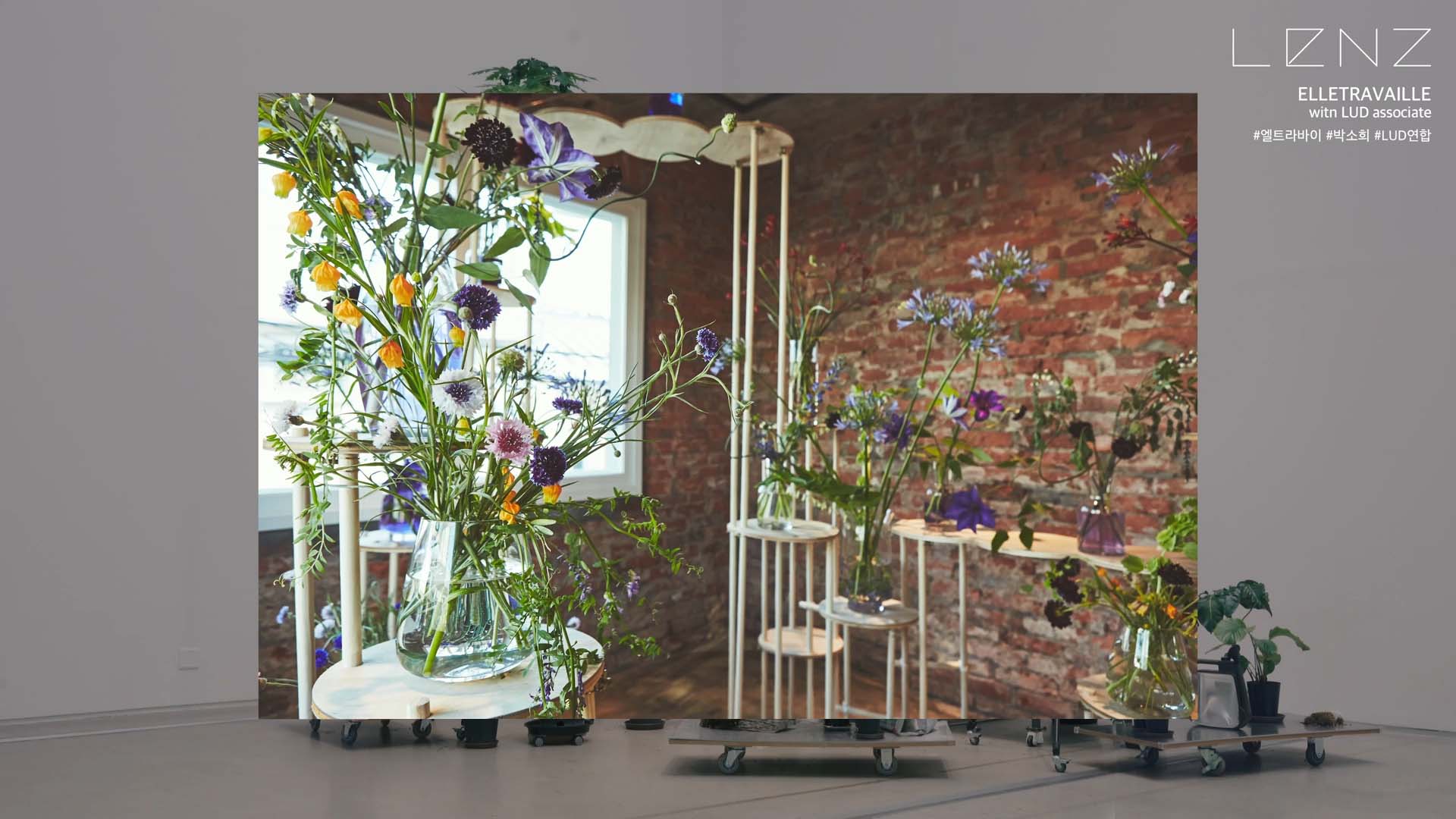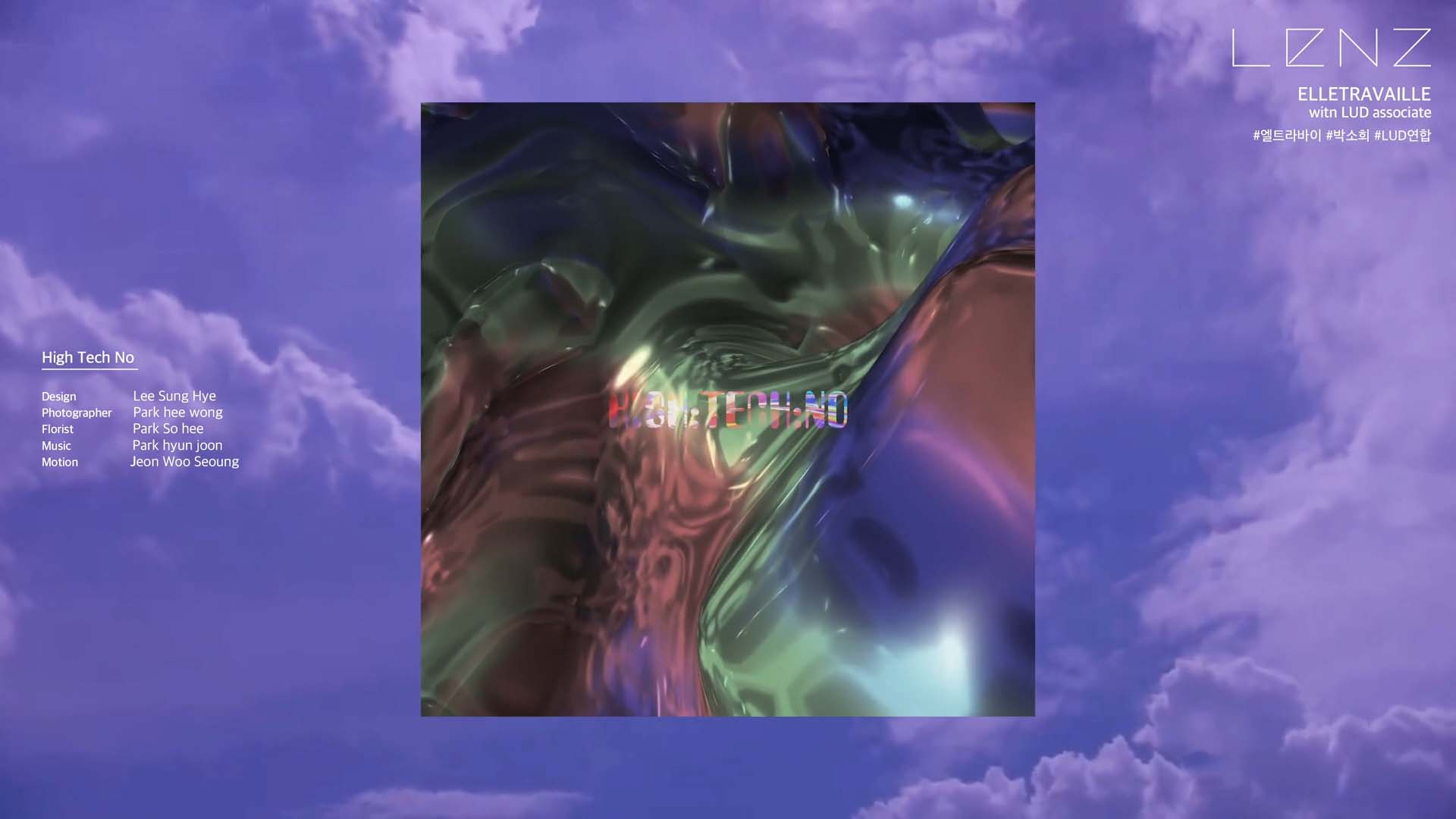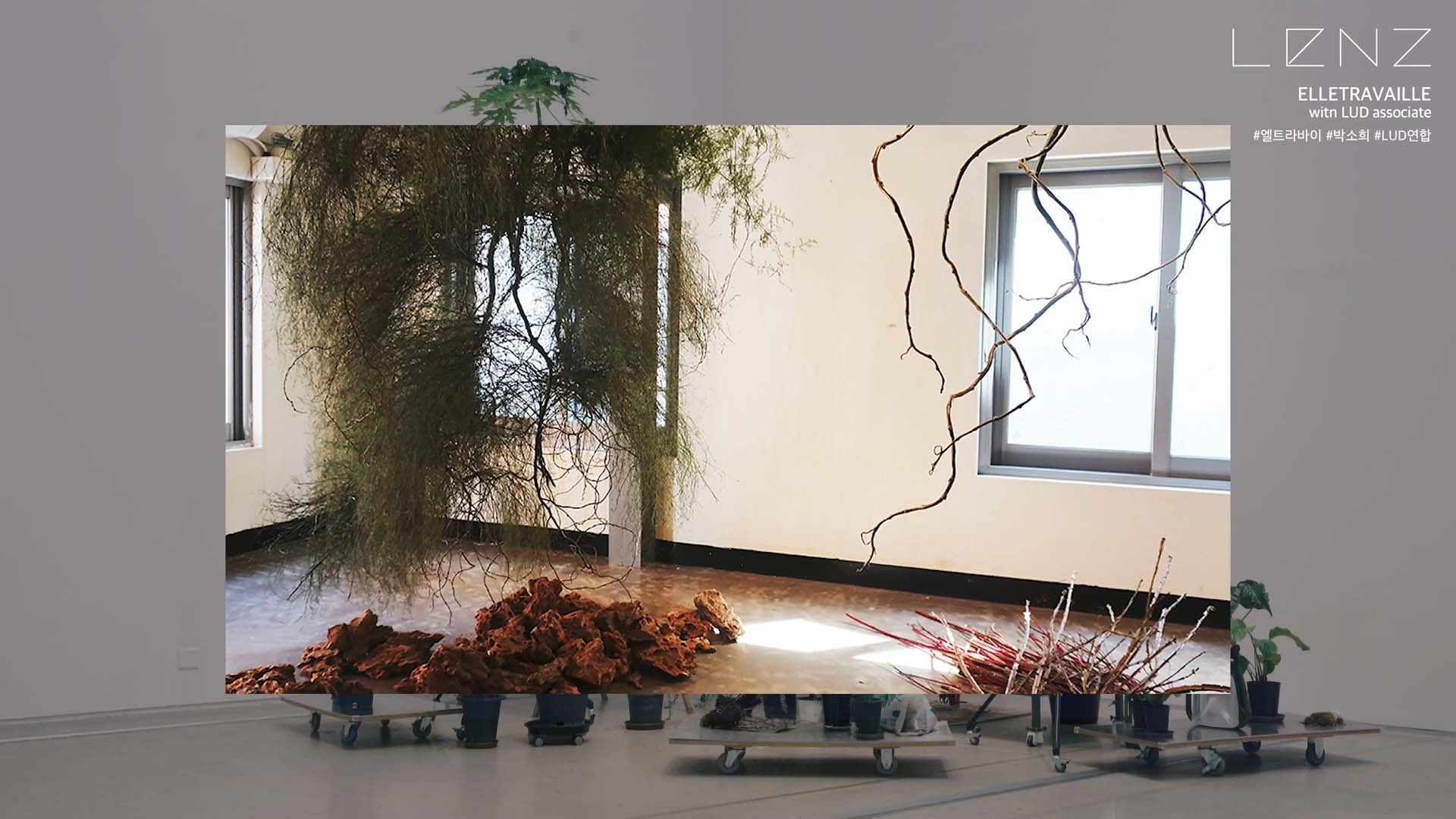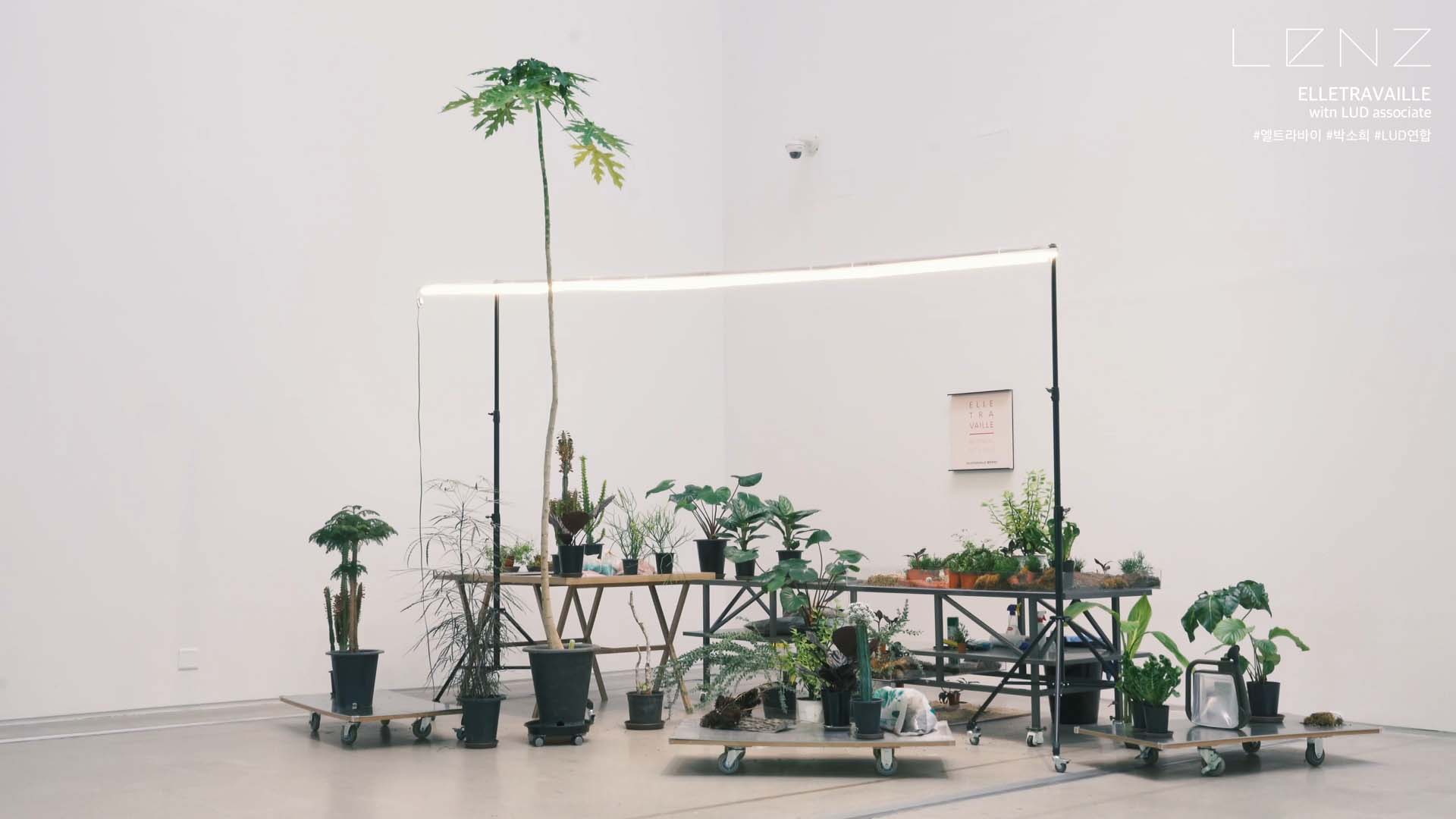MeeJee Lee: Hello, CEO. Could you please greet the listeners?
Park So-hee: Hello, I’m Park So-hee, the CEO of Elletravaille.
MeeJee Lee: And today, we are joined by a long-time colleague of mine, who also has a connection with Elletravaille, Mr. Ahn Jae-young. Please say hello.
Ahn Jae-young: Hello, I’m Ahn Jae-young, balancing my work activities and freelance work.
MeeJee Lee: Nice to meet you. CEO, what does Elletravaille mean? It sounds like French.
Park So-hee: Yes, it’s indeed French. Elle means “she” and travailler means “to work,” so it translates to “she works.”
MeeJee Lee: The pronunciation sounds very soft, but the meaning is quite clear. Somehow, I feel like the name reflects your character. Could you introduce what Elletravaille does and share some of the key projects?
Park So-hee: Sure! Some of the commercial spaces that reflect the Elletravaille style include the Gentle Monster stores in Hongdae and Daegu, L’Occitane stores, Metrocity MimiMi Cafe, and Kolon Shoes Comma Boni store, where we have worked on interior landscaping and plant displays.
Ahn Jae-young: These days, when you visit stores or event spaces, it seems like using plants for space displays is becoming more common. Among them, the natural elements that Elletravaille presents seem quite unique. Are there many places like Elletravaille in Korea?
Park So-hee: There are currently a lot of companies dealing with plants, to the point that the market is saturated. However, we try to focus on creating works that truly reflect the essence of Elletravaille.


